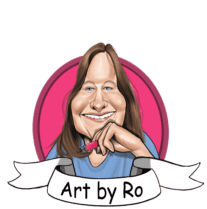How to Learn Art History at Home
The best way to learn art history on your own is to start exposing yourself to a variety of art movements and specific artists. This article will give you a brief overview of the art history timeline. This will give you a good starting point to see which areas you find interesting, and from there you can explore it further.
What Is Art History?
Art history is an academic discipline that studies and interprets visual art and its historical development. It’s about looking at paintings, sculptures, buildings, and other cool things people created. Art historians study why and how artists made these things and what they mean.
So, it’s like being a detective trying to figure out the stories behind the art to learn more about how people expressed themselves through creativity over the years.
Why Is Learning Art History Important?
Learning art history offers valuable insights into diverse cultures, societies, and historical periods through the lens of visual expression. Art history enhances critical thinking skills by encouraging the analysis of symbols and artistic intentions.
It also inspires creativity through exposure to various styles and movements. Through the process of learning art history you’ll cultivate effective communication skills as you articulate your interpretation of artworks.
The discipline of learning art history provides a unique historical context, intertwining art with significant events and offering global perspective by exploring art from different cultures.
Ultimately, art history is personally enriching, providing a lifelong source of enjoyment and intellectual stimulation. Learning art history makes the experience of going to the museum and galleries more meaningful.
Learning art history is also beneficial to creating your own artwork by offering inspiration, understanding techniques, critical thinking, as well as feedback and improvement.
Prehistoric and Ancient Art
Prehistoric art is the beginning of art, so this is where we need to start.
Cave Paintings
The first art objects were created out of an attempt to control or appease natural forces. These symbols of animals and people were believed to have magical powers and were perceived as having supernatural significance.
The first paintings were done in caves roughly 15,000 years ago. These paintings were done deep inside the caves, far away from the entrances. Pictured were bison, horses, deer, mammoths, cattle, and boars. It is speculated that artists created these images of animals to guarantee a successful hunt.
These paintings were outlined with charcoal, and colored with chunks of red and yellow ochre that was ground into powder. This powder was then applied with a brush, or blown through a hollow bone. It is believed that these paintings were created before each hunt out of necessity.
Sculpture
The oldest surviving objects are sculptures made from antlers, bone, ivory, or stone. They were either engraved or carved using sharp tools.
One of the earliest known figures is the Venus of Willendorf. This tiny statue of a female was most likely a symbol of fertility.
Architecture
When early human beings emerged from the caves and became farmers, they began crafting the first monumental architecture. Stonehenge is the first known group of rocks. This massive structure seems to be an accurate astronomical calendar.
Medieval Art
The middle ages started from the fall of Rome until the Renaissance. The beginning of the middle ages was called the Dark Ages. During this time, nudes were forbidden and realistic representation of objects of the world disappeared.
Art became the servant of the church. The idea was that new believers in the church would come to appreciate the spiritually symbolic stained glass, mosaics, and frescoes.
Throughout the middle ages there were three styles of art that were concerned with religion.
Byzantine
From A.D. 330 Byzantine art was the center of a brilliant civilization by combining early Christian art with the Greek Oriental rich decoration and color
Mosaics, which generally depicted religion with Christ shown as a teacher and ruler, became very common. Human figures were flat and appeared to be floating. The artists had no interest in perspective or proper anatomy.
Romanesque
During 1050 and 1200 a wave of church construction was underway throughout Europe. At this time, builders borrowed elements from Roman architecture such as rounded arches and columns.
Frescoes, paintings on damp plaster walls, were popular. And the human figure took on a more realistic form.
Gothic
Gothic cathedrals, also known as stone bibles, rivaled the architecture of ancient Greece and Rome. Ribbed vaulting and external supports called flying buttresses were two engineering breakthroughs that made this possible.
The new style of architecture created the perfect opportunity for stained glass windows. Since solid walls were no longer necessary there was plenty of room for these windows, which were used to tell biblical stories.
Weavers created highly refined tapestries that depicted contemporary life. These tapestries decorated stone walls in chateaus and churches.
Renaissance Art
This rebirth was the beginning of modern painting. The scientific study of anatomy and the natural world aided with the intent to reproduce the forms of nature realistically. During this time artists achieved new heights in portraiture, landscape, and religious paintings.
This study of the human being replaced the study of God as the supreme being. Art was now a means to explore all facets of life on earth.
Oil on canvas replaced fresco on plaster walls. With this method a greater range of rich colors and smooth gradations were possible. This allowed painters to represent textures and simulate three-dimensional form.
The discovery of perspective occurred during this time and is one of the most significant findings in the history of art. With the illusion of depth in paintings, figures no long appeared to be floating in space.
Some of the best Renaissance painters were Masaccio, Donatello, Botticelli, Leonardo da Vinci, Michelangelo, Raphael, and Hieronymous Bosch.
Baroque
The Baroque era was the most ornate in the history of art by combining the advanced techniques of the Renaissance with emotion and intensity. During this time art became part of everyday life.
The most common element throughout Baroque art was a mastery of light to achieve the highest emotional impact.
Some of the most famous Baroque artists are Caravaggio, Rembrandt, Velazquez, Rubens, Van Dyck, Vermeer, and Hogarth.
19th Century
There’s a lot to cover during this time period, so here’s a brief snippet of some of the most interesting movements and artists of this time.
Goya
The Spanish artist Francisco de Goya is known for his nightmarish visions exposing the evil of human nature. His paintings have the immediacy of photojournalism, as he would go to the scene of horrific acts to make sketches.
“The Third of May, 1808” captured the slaughter of 5,000 Spanish civilians. This was Goya’s protest to the brutality of war.
Goya became obsessed with depicting the suffering caused by the Spanish court and church. This was known as his “black paintings”.
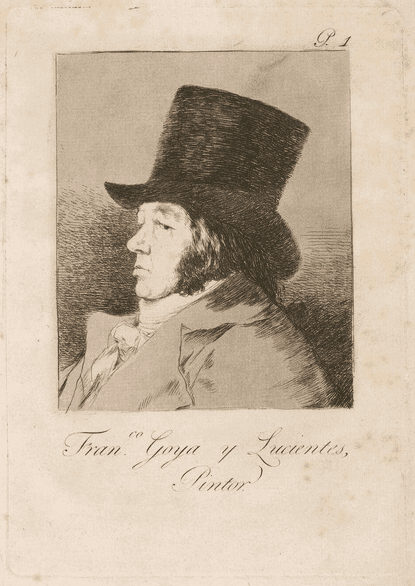
Post-Impressionism
This was a French phenomenon that included Seurat, Gauguin, Cezanne, Toulouse-Lautrec, and van Gogh. This was the first time artists used bright colors for their paintings instead of the muted colors that were historically used.
Seurat is best known for his pointillism method where entire paintings were created using tiny dots of pure colors paint. His theory was that by placing two unmixed colors side by side, the viewer’s eyes would mix the colors resulting in greater luminosity than if they were mixed prior to painting.
Modern Art
With modern art we see a shift to portraying contemporary life rather than historical events. Anything was fair game. Form, color, and objects were no longer accurately represented.
During this time there was a relentless quest for radical freedom of expression. With abstraction, form, line, and color dominated. Artists were no longer concerned with pleasing patrons. They were more concerned with expressing their own feelings through their artwork.
Cubism
Although this movement was short, lasting only from 1908 to 1914, it was a major turning point in art history. The four true cubists are Picasso, Braque, Gris, and Leger, although Picasso is probably who most of us think of when we think about Cubism.
The name comes from Matisse’s dismissal of a Cubist landscape stating it was nothing but little cubes. This name stuck even though many of the works are composed of a multitude of shapes, not just cubes.

Paul Klee
Best known for his use of color and line, Paul Klee work was often quite simple. He believed art doesn’t reproduce the visible, it makes it visible. Symbols were utilized in his artwork, as he attributed primitive powers to them.
Klee’s art is known for its intricate compositions, vibrant colors, and whimsical, often dreamlike imagery. His work reflects a deep intellectual engagement with music, literature, and the natural world. Klee was a master of blending form and emotion, often employing symbolic elements and playful abstraction to convey his ideas.
Piet Mondrian
Piet Mondrian was a pioneering Dutch painter and key figure in the development of abstract art. A leading member of the De Stijl movement, Mondrian’s work is characterized by geometric abstraction, employing grids and a restricted palette of primary colors along with black and white.
His aim was to distill art to its fundamental elements, creating a universal visual language transcending cultural differences. Mondrian’s influence extends to modern art movements such as minimalism and geometric abstraction, marking him as a pivotal figure in the evolution of 20th-century art.
Dada
Dada, an avant-garde art movement emerging during World War I, sought to defy traditional artistic norms and challenge societal conventions. Originating in Zurich, Dadaists like Marcel Duchamp and Tristan Tzara embraced absurdity and anti-establishment sentiments, using unconventional materials and techniques across various artistic forms.
This movement, with its emphasis on randomness and rejection of rationality, significantly influenced the trajectory of modern art, laying the groundwork for surrealism and other avant-garde developments.
Surrealism
Surrealism, a prominent art movement of the 20th century, emerged in the aftermath of World War I, influenced by the psychoanalytic theories of Sigmund Freud. Originating in Paris in the 1920s, surrealism sought to explore the unconscious mind and liberate creativity from rational constraints.
Artists like Salvador Dalí, René Magritte, and André Breton, a key figure in the movement, created dreamlike, fantastical artworks that combined reality with imaginative elements.
Surrealism extended beyond visual arts, influencing literature, film, and philosophy. With its emphasis on the irrational and subconscious, surrealism remains a significant force in shaping the evolution of modern art.
Creating Your Own Inspired Art
The best part about learning art history is making your own inspired art. Whether you’re copying elements, full works, or taking bits and pieces and making something uniquely yours, there’s great benefit to finding inspiration from art history.
We have several tutorials that use famous artists as inspiration. Here are a few of those art tutorials.
Piet Mondrian Inspired Animals (Step by Step)
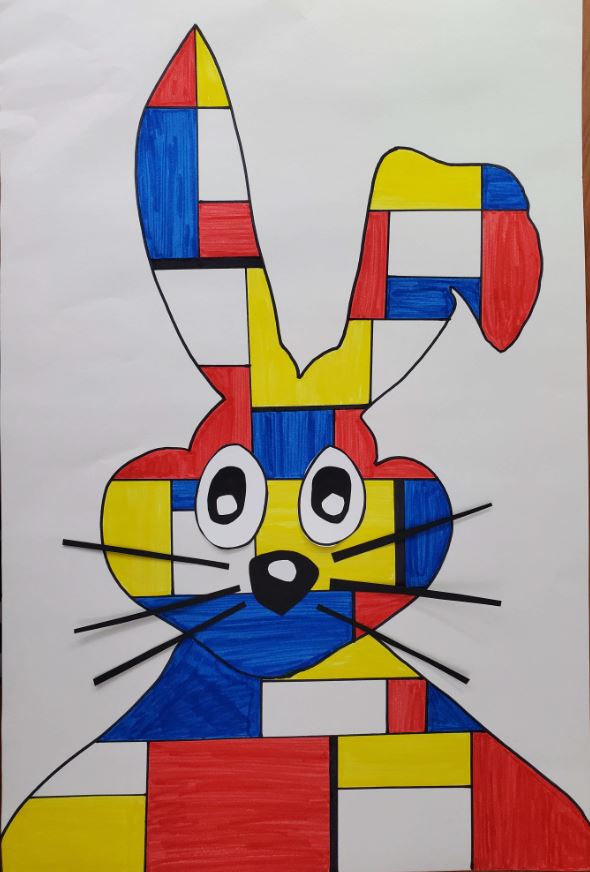
Georgia O’Keeffe Abstract Flowers
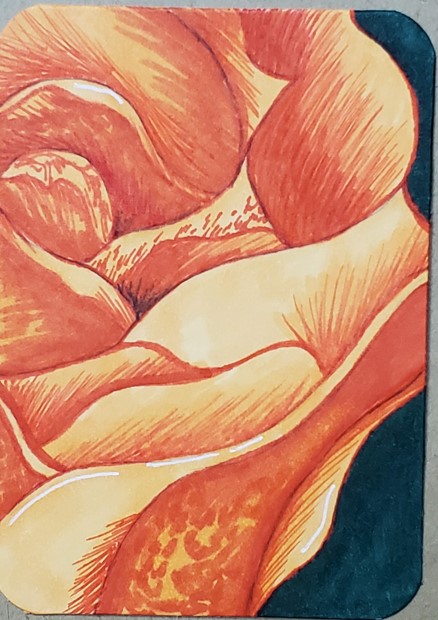
How to Draw Stained Glass Windows
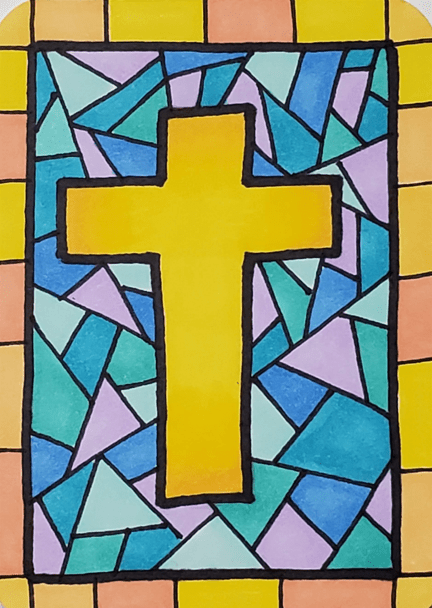
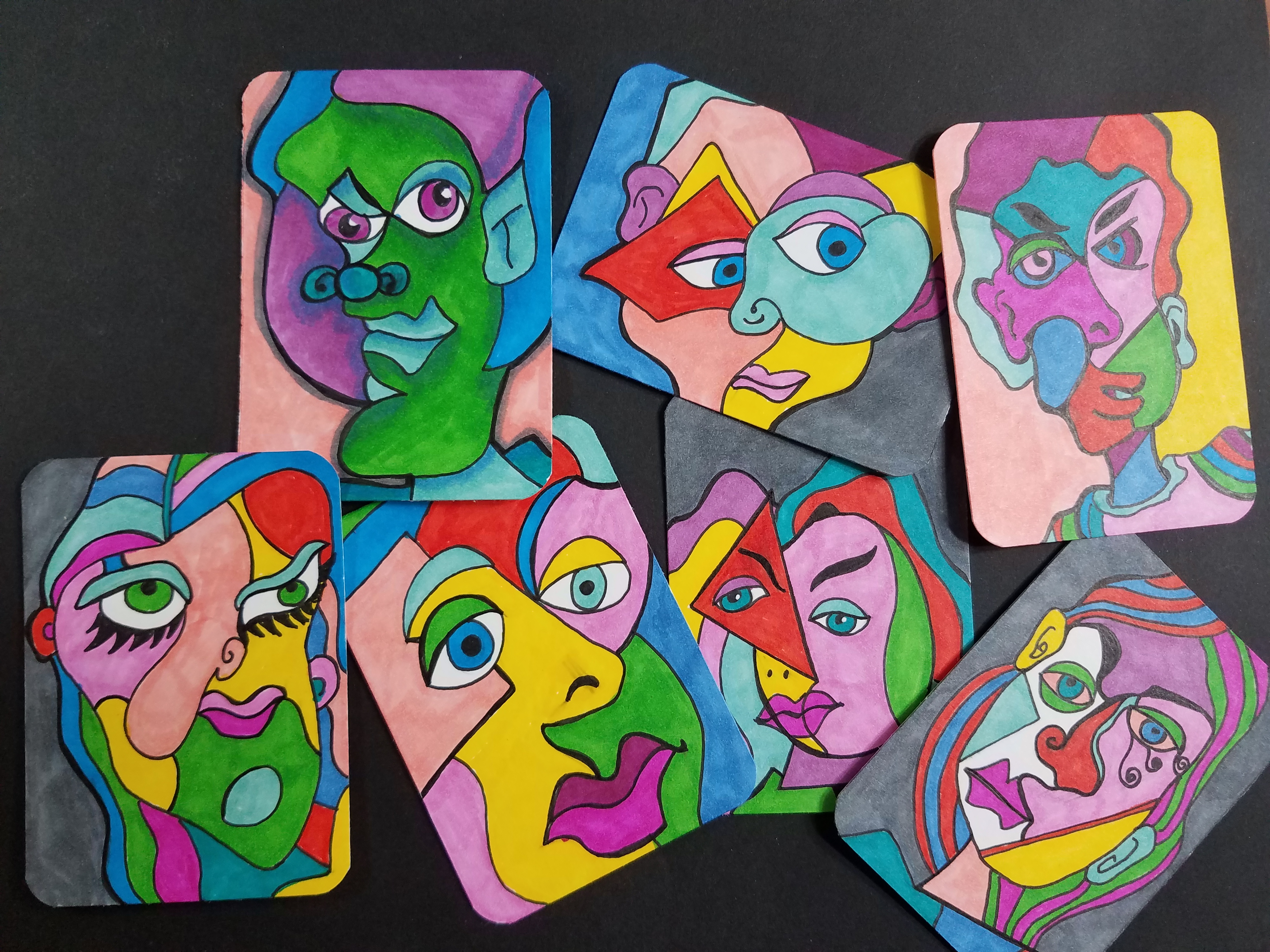
How to Learn Art History at Home – Conclusion
We covered a lot here today, and we only scratched the surface. There’s so much to cover with art history that it’s impossible to cover it all in one article.
My hope is that you learned about something that inspires you to look into it further. And hopefully use it in your own artwork as well.
